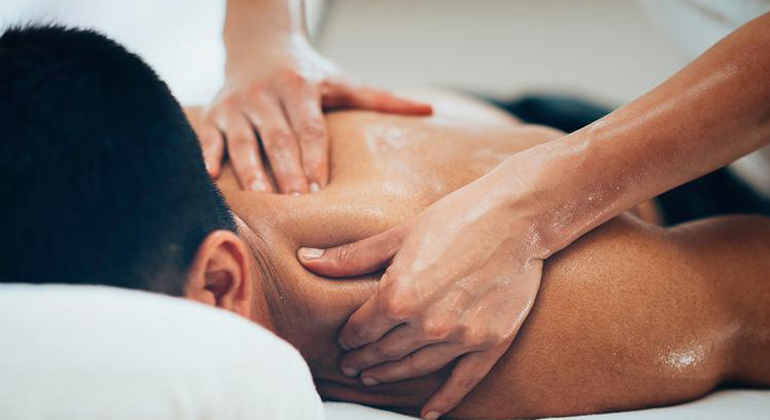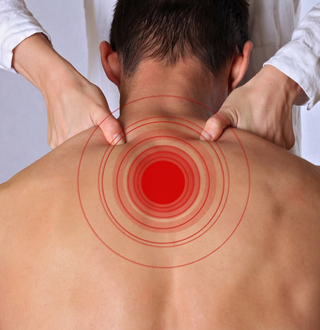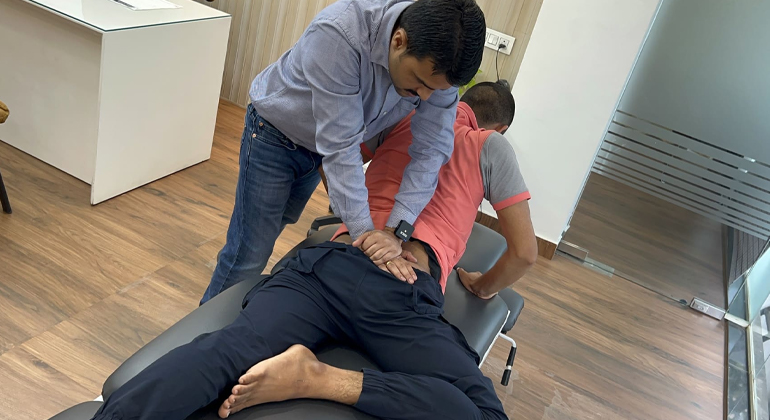
Welcome to Painflame, where we recognize the challenges of coping with chronic pain and its profound effects on daily life. Our dedication lies in the practice of manual therapy, an artful approach to pain management that delves deeper than surface relief. At Painflame, we’re all about helping you feel better in a natural way, aiming not just to ease symptoms but to unearth the underlying causes of your discomfort. Come and discover how manual therapy can make a big difference in your life!
What is Manual Therapy?
For ages, physical therapists have been deeply involved in manual therapy, shaping its various methods and techniques. Initially, people relied on mechanical theories to understand how manual therapy worked. But now, modern studies show that it’s not just mechanics; our nervous system plays a crucial role too. Moreover, there’s evidence backing up the positive psychological impact of hands-on therapy.
Manual therapy is a special type of physical therapy. It uses hands-on techniques to identify, treat, and even prevent issues with muscles and bones. Unlike typical approaches that might depend on medicine or surgery alone, manual therapy uses skilled movements and adjustments to help joints and muscles work better. This can ease pain, boost mobility, and improve how your body functions overall.
Techniques Used In Manual Therapy
Certainly! Let’s delve deeper into each of these manual therapy techniques:
- Soft Tissue Mobilization: This technique targets the soft tissues of the body, including muscles, tendons, and ligaments. By applying pressure through various strokes, such as kneading or circular motions, tension is reduced, blood flow is increased, and flexibility is improved. Soft tissue mobilization can help alleviate muscle tightness, reduce scar tissue formation, and promote healing after injury.
- Joint Mobilization: Gentle, passive movements are applied to specific joints in the body to restore a normal range of motion and reduce stiffness. This technique helps to lubricate the joint surfaces, improve synovial fluid circulation, and enhance joint function. Joint mobilization is commonly used to treat arthritis, joint restrictions, and post-surgical stiffness.
- Manipulation: Also known as spinal manipulation or chiropractic adjustment, this technique involves applying a quick, controlled force to joints, typically the spine, to restore proper alignment and function. Manipulation aims to relieve joint restrictions, reduce pain, and improve nerve function. It helps with things and treats conditions such as back pain, neck pain, and headaches.
- Myofascial Release: Myofascial release targets the fascia, it is a dense connective tissue that surrounds and supports the muscles, nerves, and organs. By applying sustained pressure and gentle stretching to the fascia, tension is released, and mobility is restored. Myofascial release can help improve posture, reduce muscle tightness, and alleviate pain associated with conditions such as fibromyalgia and myofascial pain syndrome.
- Trigger Point Therapy: Trigger points are spots in muscles that feel tight and cause pain in one spot or even in other parts of the body. Trigger point therapy means pressing on spots for a while to release the tension, make blood flow run better, and help the muscles work better again. It helps with things like muscle strains, tension, headaches, and injuries from doing the same motion over and over again.
- Muscle Energy Techniques (METs): METs involve active and passive stretching techniques combined with muscle contractions to improve joint mobility and reduce pain. By engaging the patient in active movements while applying gentle resistance, METs help to lengthen muscles, improve flexibility, and correct muscular imbalances. METs are commonly used in rehabilitation programs for sports injuries, postural abnormalities, and joint dysfunctions.

Three Approaches to Understanding the Therapeutic Effects of Manual Therapy
Physical therapists have greatly influenced the diverse range of manual therapy approaches and techniques throughout its long history
- Physiological
- Psychological
- Biomechanical and Physical
Benefits of Manual Therapy
Manual therapy offers a plethora of benefits that extend beyond mere physical relief. Here are some of the key advantages:
- Pain Relief: Manual therapy techniques such as massage, joint mobilization, and manipulation are highly effective in reducing pain associated with musculoskeletal conditions, injuries, and chronic ailments like arthritis and fibromyalgia. By targeting the root cause of pain and releasing tension in muscles and soft tissues, manual therapy can provide significant relief without relying on medication.
- Enhanced Flexibility: Tight muscles and connective tissues can lead to stiffness and decreased flexibility, increasing the risk of injury and impeding athletic performance. Manual therapy techniques like stretching and myofascial release help loosen tight muscles, improve flexibility, and prevent injuries by ensuring optimal muscle length and function.
- Stress Reduction: The therapeutic touch of manual therapy induces relaxation, reduces stress hormones like cortisol, and promotes the release of feel-good neurotransmitters such as serotonin and dopamine. This not only alleviates physical tension but also calms the mind, fostering a profound sense of relaxation and well-being.
- Improved Circulation: Manual therapy techniques, particularly massage, stimulate blood flow to the muscles and tissues, promoting the delivery of oxygen and nutrients while aiding in the removal of metabolic waste products. Enhanced circulation supports tissue healing, reduces inflammation, and contributes to overall tissue health and vitality.
- Enhanced Recovery: Whether recovering from injury, surgery, or intense physical activity, manual therapy can expedite the healing process by reducing swelling, improving circulation, and accelerating tissue repair. Additionally, manual therapy helps prevent secondary complications such as adhesions and scar tissue formation, ensuring a smoother and more complete recovery.
- Postural Correction: Poor posture is a common contributor to musculoskeletal pain and dysfunction. Manual therapy techniques can help realign the spine, correct imbalances, and alleviate postural strain, thereby reducing discomfort and improving overall posture and alignment.
Seeking Manual Therapy in Gurgaon
At Painflame Clinic, we take pride in offering the finest manual therapy services in Gurgaon. With a team of highly skilled therapists and state-of-the-art facilities, we prioritize your comfort and well-being. Our manual therapy techniques are tailored to address a wide range of musculoskeletal issues, providing effective relief from pain and promoting overall wellness. Whether you’re recovering from an injury or seeking relaxation, our personalized approach ensures the best possible outcomes for your health.

Tailored Treatment Plan
Massage Therapy (Twice Weekly)
– Targeted deep tissue massage to release tension in the paraspinal muscles and alleviate muscular tightness.
– Using methods to loosen tight areas in muscles and connective tissue to help them move better.
Massage Therapy (Twice Weekly)
– Gentle mobilization techniques to improve segmental mobility and reduce stiffness in the lumbar spine.
– Focus on specific joint dysfunctions identified during the assessment.
Therapeutic Exercise Program (Home Program)
– Core-strengthening exercises to stabilize the lumbar spine and support proper posture.
– Flexibility exercises targeting tight hip flexors, hamstrings, and piriformis muscles.
– Ergonomic education to optimize John’s workspace setup and reduce strain on the lower back during prolonged sitting.
Pain Management Strategies
– Heat therapy or cold therapy as needed for acute pain relief.
– Stress-reduction techniques such as diaphragmatic breathing and progressive muscle relaxation to manage stress-related exacerbations of pain.
Progress Monitoring and Reassessment
– Regularly monitor John’s progress through subjective feedback, functional assessments, and objective measures of pain intensity and mobility.
– Adjust the treatment plan based on John’s response to therapy and any changes in his symptoms or functional status.
Patient Education and Self-Care
– Educate John about proper body mechanics, lifting techniques, and postural awareness to prevent further strain on the lower back.
– Guide lifestyle modifications, including regular physical activity, adequate hydration, and healthy nutrition, to support overall musculoskeletal health.
Choosing the Right Healthcare Provider
When seeking manual therapy in Gurgaon, it's essential to choose a reputable healthcare provider with experience in treating umbilical hernias. Consider the following factors when choosing a healthcare provider:
- Expertise and Experience
- Facilities and Technology
- Patient Reviews and Testimonials
- Patient-Centered Care
Accessibility and Affordability of Manual Therapy at Painflame
At Painflame, we believe that everyone should have access to high-quality manual therapy services to support their health and well-being. We are committed to making manual therapy accessible and affordable for all individuals, regardless of their financial circumstances.
Here’s how we ensure accessibility and affordability at Painflame:
- Flexible Payment Options: We offer flexible payment options to accommodate individuals with varying budgets. This may include payment plans, sliding scale fees based on income, or discounted packages for multiple sessions.
- Insurance Coverage: Painflame works with a variety of insurance providers to maximize coverage for manual therapy services. We assist clients in navigating their insurance benefits and ensure that they receive the maximum reimbursement possible for their treatment.
- Community Outreach Programs: We actively engage with our local community by offering discounted or free manual therapy services through outreach programs, community events, and partnerships with local organizations. These initiatives aim to make manual therapy accessible to underserved populations who may not otherwise have access to such services.
- Telehealth Options: In addition to in-person sessions, Painflame offers telehealth consultations and virtual therapy sessions. This allows individuals to receive expert guidance and support from the comfort of their own home, eliminating barriers such as transportation costs or scheduling conflicts.
- Education and Empowerment: We empower individuals to take charge of their health by providing educational resources, self-care techniques, and personalized treatment plans. By equipping clients with the knowledge and skills to manage their condition independently, we promote long-term wellness and reduce the need for frequent or ongoing therapy sessions.
Manual therapy is not just about addressing existing issues; it also plays a vital role in preventive care and wellness maintenance. Regular sessions can help identify and address minor imbalances or restrictions before they escalate into more significant problems, thus supporting long-term health and vitality.
At PainFlame, we are passionate about empowering our clients to take an active role in their well-being. In addition to hands-on therapy sessions, we provide education and guidance on self-care practices, ergonomic adjustments, and lifestyle modifications to support ongoing health and resilience.
In conclusion, manual therapy offered at PainFlame represents a holistic approach to health and wellness that honors the body’s innate capacity for healing. By combining skilled hands-on techniques with personalized care and compassionate support, we strive to make a meaningful difference in the lives of our clients, helping them move towards a pain-free, vibrant, and fulfilling life. Experience the healing touch of manual therapy at PainFlame and embark on a journey towards greater well-being today.
-
What is manual therapy?
Manual therapy is a way to help with muscle and bone pain and problems by using hands. Skilled therapists use different methods like moving joints, pressing muscles, and releasing tension in tissues to make pain better, help you move better, and make your body work better overall.
-
How does manual therapy work?
Manual therapy techniques target specific areas of tension, restriction, or dysfunction in the muscles, joints, and soft tissues of the body. By applying controlled pressure, manipulation, or stretching, therapists aim to restore optimal alignment, increase flexibility, and promote circulation, facilitating the body's natural healing process.
-
What conditions can manual therapy treat?
Manual therapy is effective in addressing a wide range of musculoskeletal conditions, including back pain, neck pain, sports injuries, arthritis, postural imbalances, and more. It can also be beneficial for managing chronic pain, reducing inflammation, and improving overall mobility and function.
-
Is manual therapy safe?
When performed by qualified and experienced therapists, manual therapy is generally considered safe. However, it's essential to undergo a thorough assessment by a trained professional to ensure that manual therapy is appropriate for your specific condition and medical history. Additionally, therapists will adjust techniques and pressure levels based on individual needs and comfort levels to minimize any potential risks.
-
What can I expect during a manual therapy session?
During a manual therapy session, your therapist will begin by conducting a comprehensive assessment to identify areas of concern, restrictions, or imbalances. Based on the assessment findings and your treatment goals, they will then utilize various hands-on techniques to address specific issues. Sessions may involve gentle manipulation, stretching, pressure application, or mobilization of joints and soft tissues. Throughout the session, communication between you and your therapist is encouraged to ensure your comfort and effectiveness of the treatment.
-
Is manual therapy suitable for everyone?
Manual therapy can be beneficial for people of all ages and fitness levels, but it may not be appropriate for everyone. Individuals with certain medical conditions, such as fractures, infections, or inflammatory disorders, may need to avoid or modify certain techniques.


